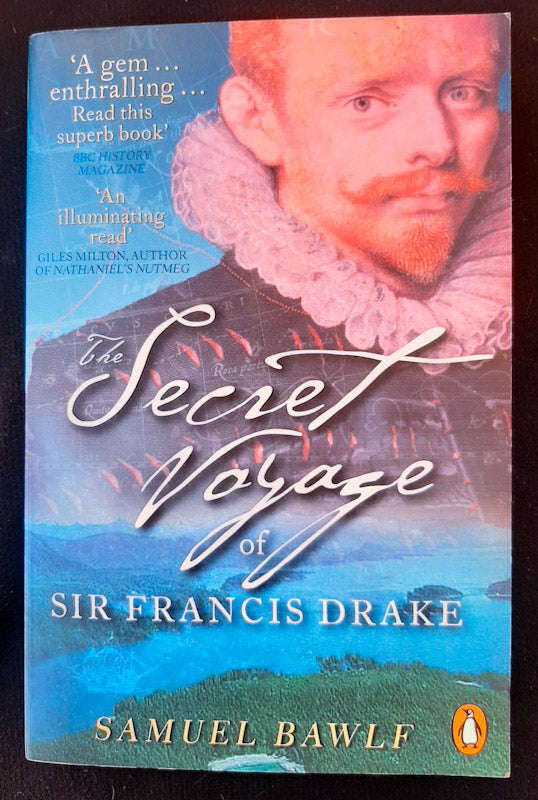
The Secret Voyage of Sir Francis Drake (Samuel Bawlf)
Check my rate
View locations
| Main centres: | 1-3 business days |
| Regional areas: | 3-4 business days |
| Remote areas: | 3-5 business days |

| Main centres: | 1-3 business days |
| Regional areas: | 3-4 business days |
| Remote areas: | 3-5 business days |
Samuel Bawlf first went public in 2000 with his sensational discovery of evidence indicating that Sir Francis Drake may have detoured as far north as Alaska on his famous circumnavigation of the globe. These facts completely change Canadian history, and detractors were quick to argue that the geographer, sailor, and former British Columbian cabinet minister's claims were little more than an elaborate conspiracy theory. Bawlf strikes back with The Secret Voyage of Sir Francis Drake, a persuasive, 400-page volume illustrated with dozens of historical and modern maps and documented with extensive references to sources written in Drake's lifetime, all suggesting that the admiral and pirate may indeed have traveled to areas of North America's western coast, including Vancouver Island and the Queen Charlotte Islands. All this 200 years before the first Europeans officially explored the region. Bawlf convincingly argues that Drake's ambitious around-the-world voyage was, in fact, an elaborate cover for a scouting mission to find the elusive Northwest Passage. Afraid that spies for Spain's King Phillip II might learn of the venture, which was intended to open an important trade route, Queen Elizabeth insisted that the mission remain absolutely secret. When Drake set out with five ships from Plymouth in 1577, the official story was that they were headed to the Mediterranean. Instead, they sailed directly to the Straight of Magellan and returned almost three years later after circling the globe. "Reworking his narrative," Bawlf writes in his dense and informative prose, "[16th-century British propagandist Richard] Hakluyt eliminated all mention of a search for the northern strait and said upon departing Guatulco, Drake had taken a 'somewhat northerly' course to the Moluccas, but after encountering bitterly cold winds at latitude 42 degrees, he turned back toward land and found the harbor he called Nova Albion at 38 degrees. Ironically, however, Hakluyt neglected to instruct the printers to remove the note in the margin of the old page which read 'the purpose of Sir Francis to return by the Northwest passage,' and this incongruous statement was printed alongside the carefully expurgated account." Bawlf also demonstrates how official accounts of the voyage appear to describe many coastal features exactly ten degrees of latitude south of where they actually occur, and these same accounts leave a gap of almost six months between Drake and his company leaving Mexico and arriving in the Philippines--just long enough for a quick hop up to Alaska and back. --Deirdre Hanna